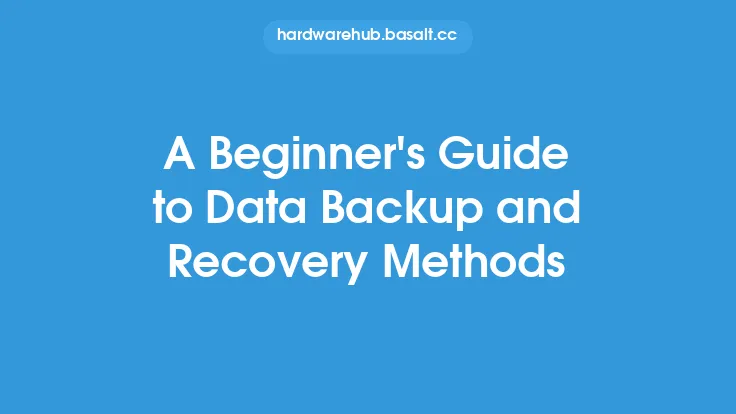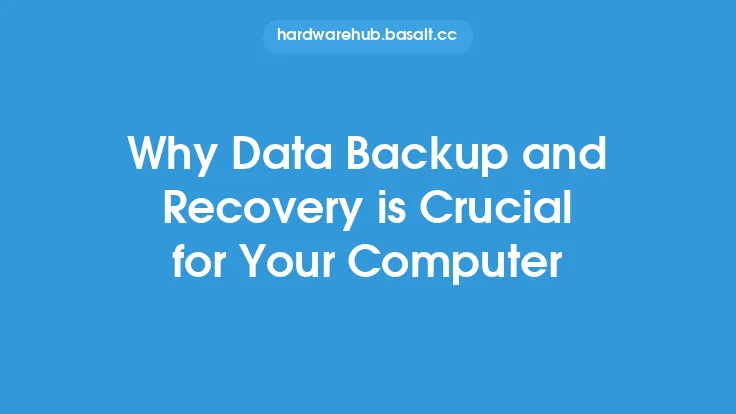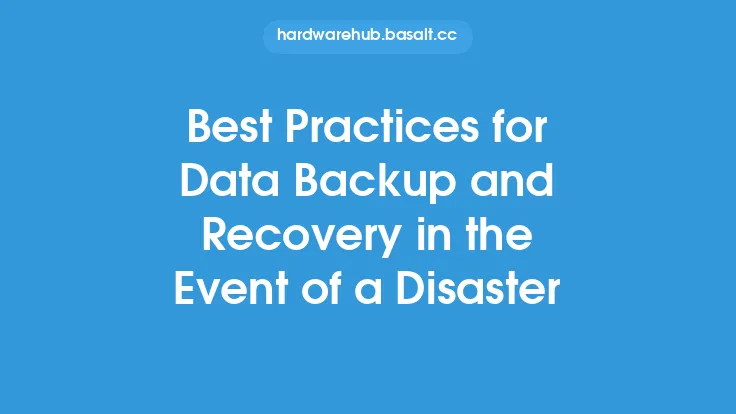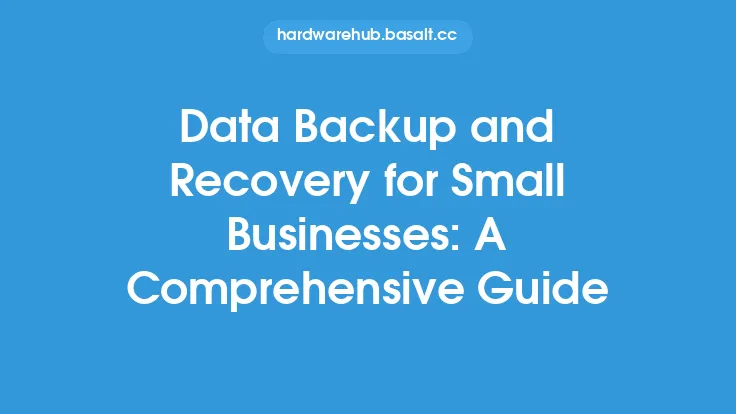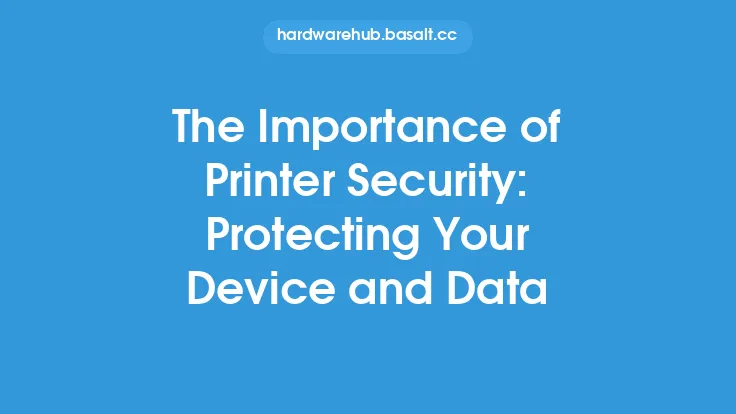When it comes to protecting sensitive information, one of the most critical aspects of storage security is ensuring that data is properly deleted and disposed of when it is no longer needed. This is a crucial step in preventing unauthorized access to sensitive information, as simply deleting files or formatting a storage device does not necessarily mean that the data is completely gone. In fact, without proper deletion and disposal methods, data can still be recovered by malicious actors, posing a significant risk to individuals and organizations.
Introduction to Secure Data Deletion
Secure data deletion, also known as data sanitization, refers to the process of completely removing sensitive information from a storage device, making it impossible to recover. This is a critical step in protecting sensitive information, as it prevents unauthorized access and ensures that data is not compromised. There are several methods of secure data deletion, including physical destruction, degaussing, and software-based methods. Each of these methods has its own advantages and disadvantages, and the choice of method will depend on the specific needs and requirements of the organization.
Physical Destruction Methods
Physical destruction methods involve physically destroying the storage device, making it impossible to recover any data. This can be done using a variety of methods, including crushing, shredding, and incineration. Physical destruction is a highly effective method of secure data deletion, as it ensures that the data is completely destroyed and cannot be recovered. However, it can be a time-consuming and expensive process, and it may not be practical for large quantities of data. Additionally, physical destruction methods may not be suitable for all types of storage devices, such as solid-state drives (SSDs) and flash drives.
Degaussing Methods
Degaussing is a method of secure data deletion that involves using a powerful magnetic field to erase the data on a storage device. This method is commonly used for magnetic storage devices, such as hard disk drives (HDDs) and tape drives. Degaussing is a highly effective method of secure data deletion, as it ensures that the data is completely erased and cannot be recovered. However, it may not be suitable for all types of storage devices, such as SSDs and flash drives, which do not use magnetic fields to store data.
Software-Based Methods
Software-based methods of secure data deletion involve using specialized software to overwrite the data on a storage device, making it impossible to recover. This can be done using a variety of algorithms, including the DoD 5220.22-M standard, which involves overwriting the data with a series of random characters and then verifying that the data has been completely erased. Software-based methods are a highly effective and efficient way to delete data, as they can be automated and can handle large quantities of data. However, they may not be suitable for all types of storage devices, such as SSDs and flash drives, which may require specialized software to ensure complete data deletion.
Secure Erase Methods
Secure erase methods involve using a combination of physical and software-based methods to delete data. This can include using a secure erase command, which is a specialized command that is designed to completely erase the data on a storage device. Secure erase methods are a highly effective way to delete data, as they ensure that the data is completely erased and cannot be recovered. Additionally, secure erase methods can be automated, making them a convenient and efficient way to delete data.
Data Disposal Best Practices
In addition to using secure data deletion methods, it is also important to follow best practices for data disposal. This includes ensuring that all sensitive information is completely removed from the storage device, verifying that the data has been completely erased, and disposing of the storage device in a secure and environmentally responsible manner. It is also important to ensure that all data disposal methods are compliant with relevant laws and regulations, such as the General Data Protection Regulation (GDPR) and the Health Insurance Portability and Accountability Act (HIPAA).
Challenges and Limitations
While secure data deletion and disposal methods are highly effective, there are also several challenges and limitations to consider. One of the main challenges is ensuring that all sensitive information is completely removed from the storage device, as any remaining data can pose a significant risk to individuals and organizations. Additionally, secure data deletion and disposal methods can be time-consuming and expensive, and may require specialized equipment and software. Furthermore, the increasing use of cloud storage and other remote storage solutions can make it more difficult to ensure that data is properly deleted and disposed of.
Emerging Trends and Technologies
In recent years, there have been several emerging trends and technologies in the field of secure data deletion and disposal. One of the main trends is the increasing use of automation and artificial intelligence (AI) to streamline the data deletion and disposal process. This can include using AI-powered software to identify and delete sensitive information, as well as automating the data disposal process to ensure that all data is properly deleted and disposed of. Additionally, there is a growing trend towards using more environmentally friendly data disposal methods, such as recycling and repurposing storage devices. This can help to reduce the environmental impact of data disposal, while also ensuring that sensitive information is properly protected.
Conclusion
In conclusion, secure data deletion and disposal methods are a critical aspect of storage security, as they ensure that sensitive information is properly protected and prevented from unauthorized access. There are several methods of secure data deletion, including physical destruction, degaussing, and software-based methods, each with its own advantages and disadvantages. By following best practices for data disposal and using secure data deletion methods, individuals and organizations can ensure that their sensitive information is properly protected and prevented from unauthorized access. As the field of storage security continues to evolve, it is likely that we will see new and emerging trends and technologies in the field of secure data deletion and disposal, including the increasing use of automation and AI, and more environmentally friendly data disposal methods.
